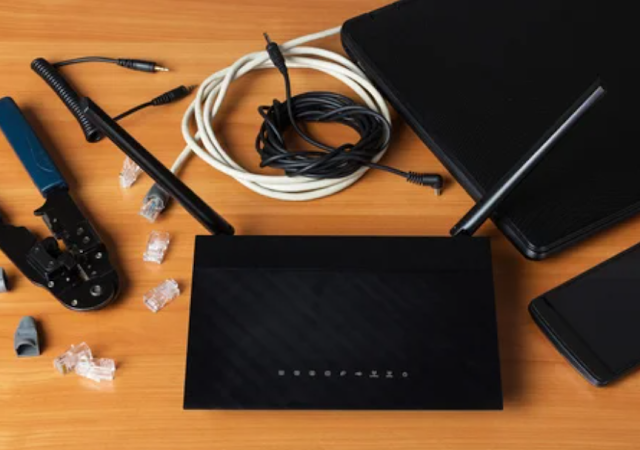Setting Up a Home Network: A Step-by-Step Guide
Setting up a home network allows you to connect multiple devices, share files and printers, and access the internet seamlessly across your household. Whether you want to set up a wired or wireless network, this comprehensive guide will walk you through the steps to create a home network that suits your needs.
Determine your network requirements:
- Consider the number of devices you need to connect to the network, such as computers, smartphones, tablets, smart TVs, and gaming consoles.
- Decide whether you want a wired network using Ethernet cables or a wireless network using Wi-Fi.
Choose the right networking equipment:
- Select a router that meets your needs in terms of speed, coverage, and features. Look for routers that support the latest Wi-Fi standards for optimal performance.
- If you prefer a wired network, ensure you have enough Ethernet ports on the router to connect your devices.
Set up the router:
- Connect the router to your modem using an Ethernet cable. Ensure the modem is already connected to your internet service.
- Plug in the router's power adapter and turn it on.
Access the router's configuration settings:
- Open a web browser on a connected device and enter the router's default IP address. This address is usually mentioned in the router's user manual or on the manufacturer's website.
- Enter the router's default username and password to access the configuration settings.
Configure the router settings:
- Set a strong password for your Wi-Fi network to prevent unauthorized access.
- Choose a unique network name (SSID) that will be displayed when devices search for available Wi-Fi networks.
- Select the appropriate Wi-Fi security protocol, such as WPA2, to encrypt your network traffic.
Configure IP addressing:
- By default, most routers are set to automatically assign IP addresses to connected devices using DHCP. You can leave this setting as is, or you can manually assign static IP addresses to specific devices if needed.
Connect devices to the network:
- On each device, search for available Wi-Fi networks and select your network name (SSID).
- Enter the Wi-Fi password when prompted.
Test the network connectivity:
- Ensure all devices can connect to the network and access the internet.
- Test file sharing and printer sharing between devices to ensure proper communication.
Set up additional network features (optional):
- If you have specific requirements, such as port forwarding for gaming or setting up a network-attached storage (NAS) device, consult your router's user manual for instructions.
Secure your home network:
- Enable firewall protection on your router to block unauthorized access.
- Regularly update your router's firmware to ensure it has the latest security patches.
- Consider enabling network encryption using a Virtual Private Network (VPN) for added privacy and security.
By following these steps, you can successfully set up a home network that provides reliable connectivity and seamless sharing of resources. Remember to consult the user manuals provided with your networking equipment for detailed instructions specific to your devices












